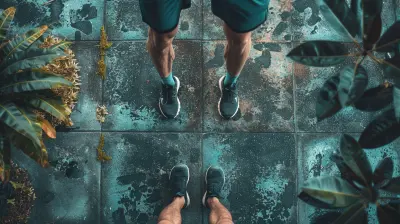Choosing the Best Equipment for Strength Training at Home
1 August 2025
Let’s face it—getting to the gym every day isn’t realistic for most of us. Between work, errands, and just trying to have a life, carving out time to drive to the gym can feel like a workout in itself. That’s why setting up your own home gym is such a game-changer. But before you start loading up your online cart with shiny new gear, let’s slow down for a second. Choosing the best equipment for strength training at home isn’t just about buying what looks cool—it’s about finding what actually works for your space, goals, and budget.
In this article, we’ll break it all down, step by step. I’ll walk you through the must-haves, the nice-to-haves, and the stuff you likely don’t need (unless you’ve got a garage the size of a football field). Ready? Let's build your dream home gym without breaking your back—or your bank account.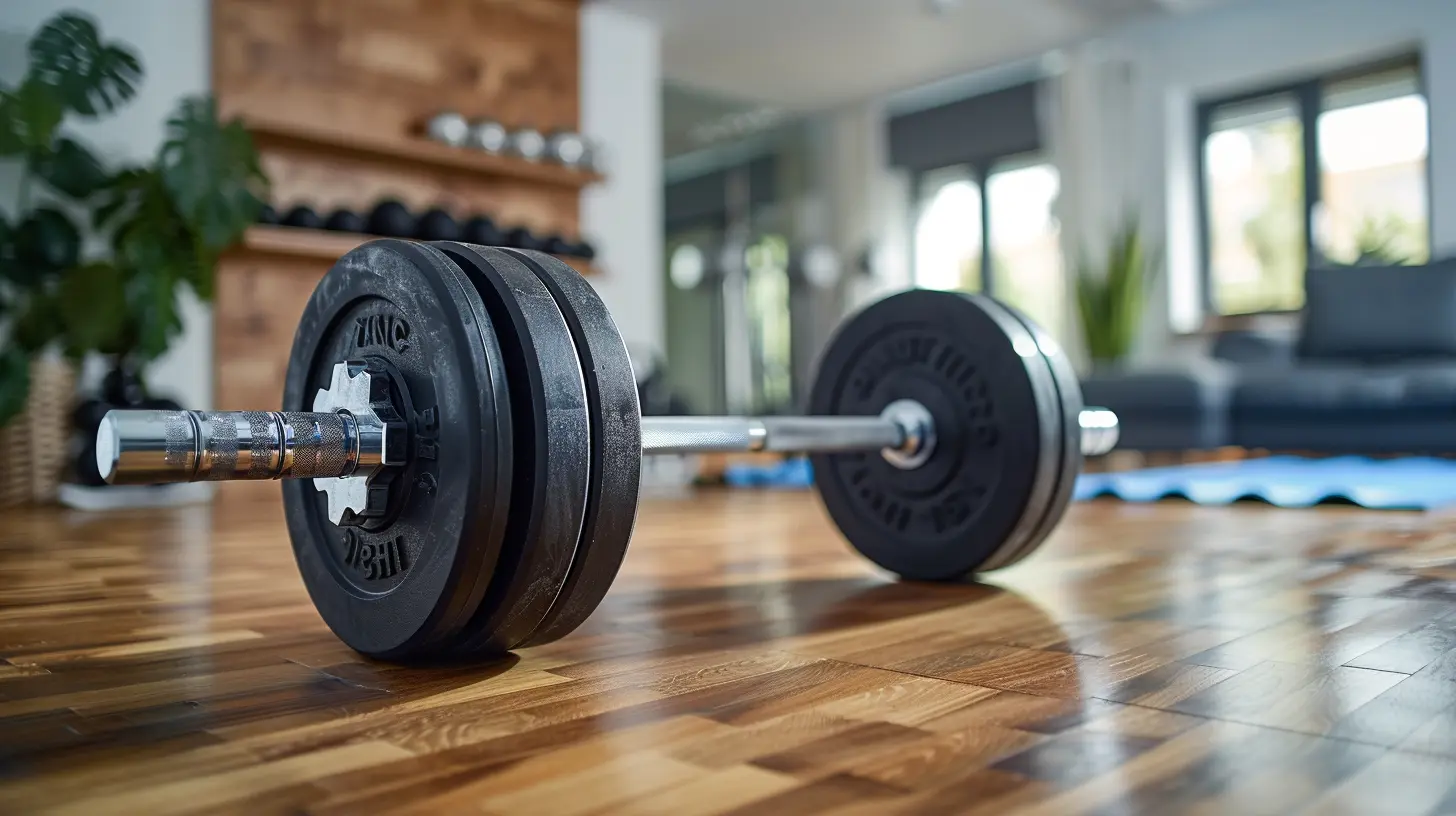
Why Strength Training at Home Makes Total Sense
Before we jump into the gear, let’s talk about the why. Strength training isn’t just for bodybuilders or athletes. Building muscle helps boost your metabolism, protect your joints, improve your posture, and even improve your mental health. Plus, who doesn’t want to feel stronger and more capable in their daily life?Training at home lets you fit workouts into your schedule, avoids crowded gyms, and gives you total control over your environment. No waiting for machines. No blaring music you hate. Just you, your gear, and your goals.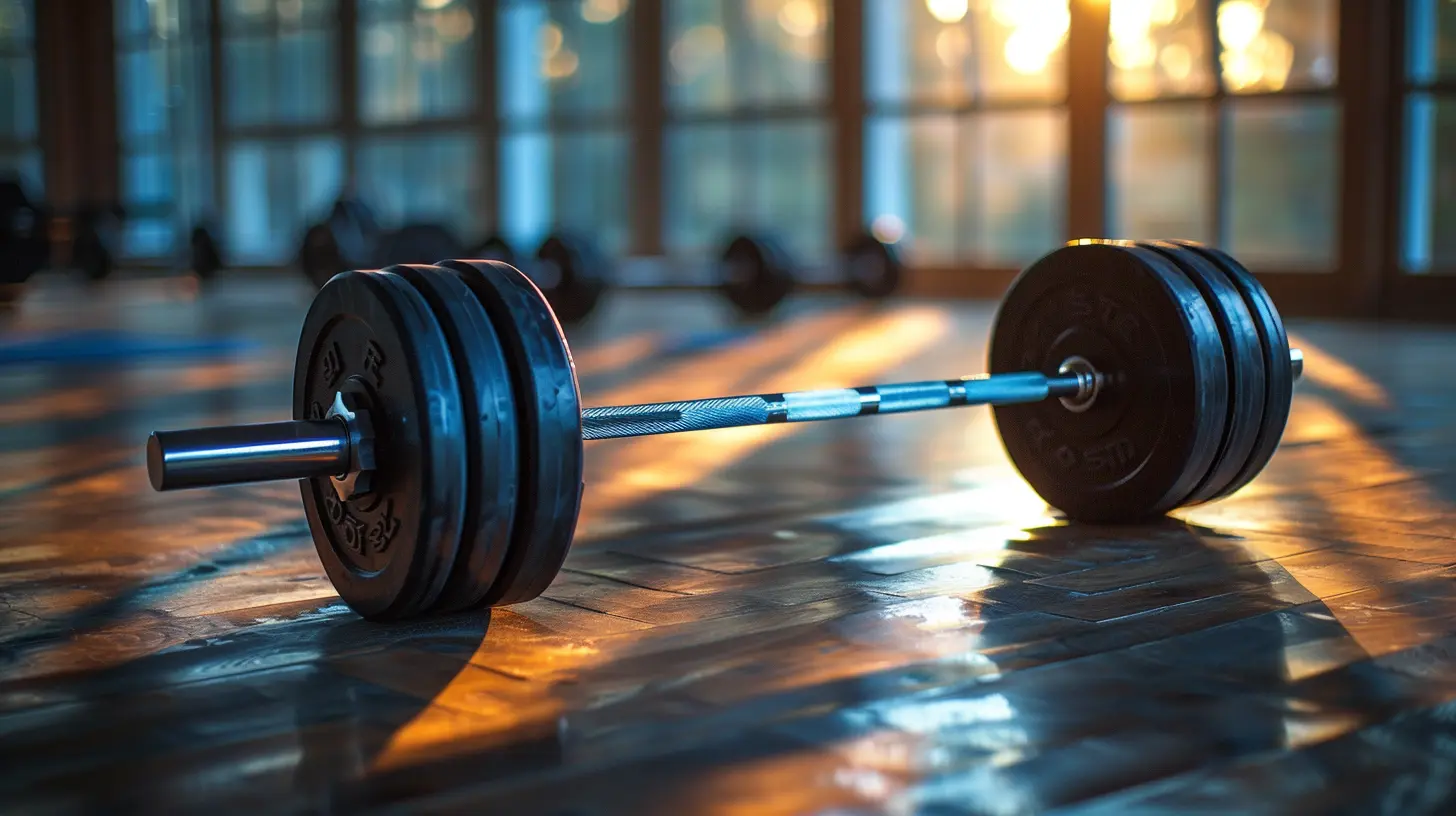
Consider These Before You Buy a Thing
Trust me, impulse-buying equipment just because it's trendy is a recipe for turning your home gym into a junk pile. So, do yourself a favor and ask these questions:1. What’s Your Fitness Goal?
Are you looking to build muscle? Increase endurance? Rehab an injury? Different goals require different tools. For example, if you’re chasing hypertrophy (aka muscle growth), you’ll want adjustable weights and heavier resistance options. If you’re focusing on general strength and endurance, resistance bands and kettlebells might be your best friends.2. How Much Space Do You Really Have?
That compact treadmill with shoulder press capabilities might sound amazing, but where are you going to put it? Take measurements of your available space (yes—actually do it). Figure out if you're working with a spare room, a garage, or just a corner of your living room. Your layout will influence what equipment fits and what needs to stay in your wishlist for now.3. What’s Your Budget?
You don’t need to drop thousands to get started. Sure, it’s tempting to buy the latest high-tech gym gear, but trust me, the basics still work—in fact, they work really well. Make a list, prioritize the essentials, and build over time.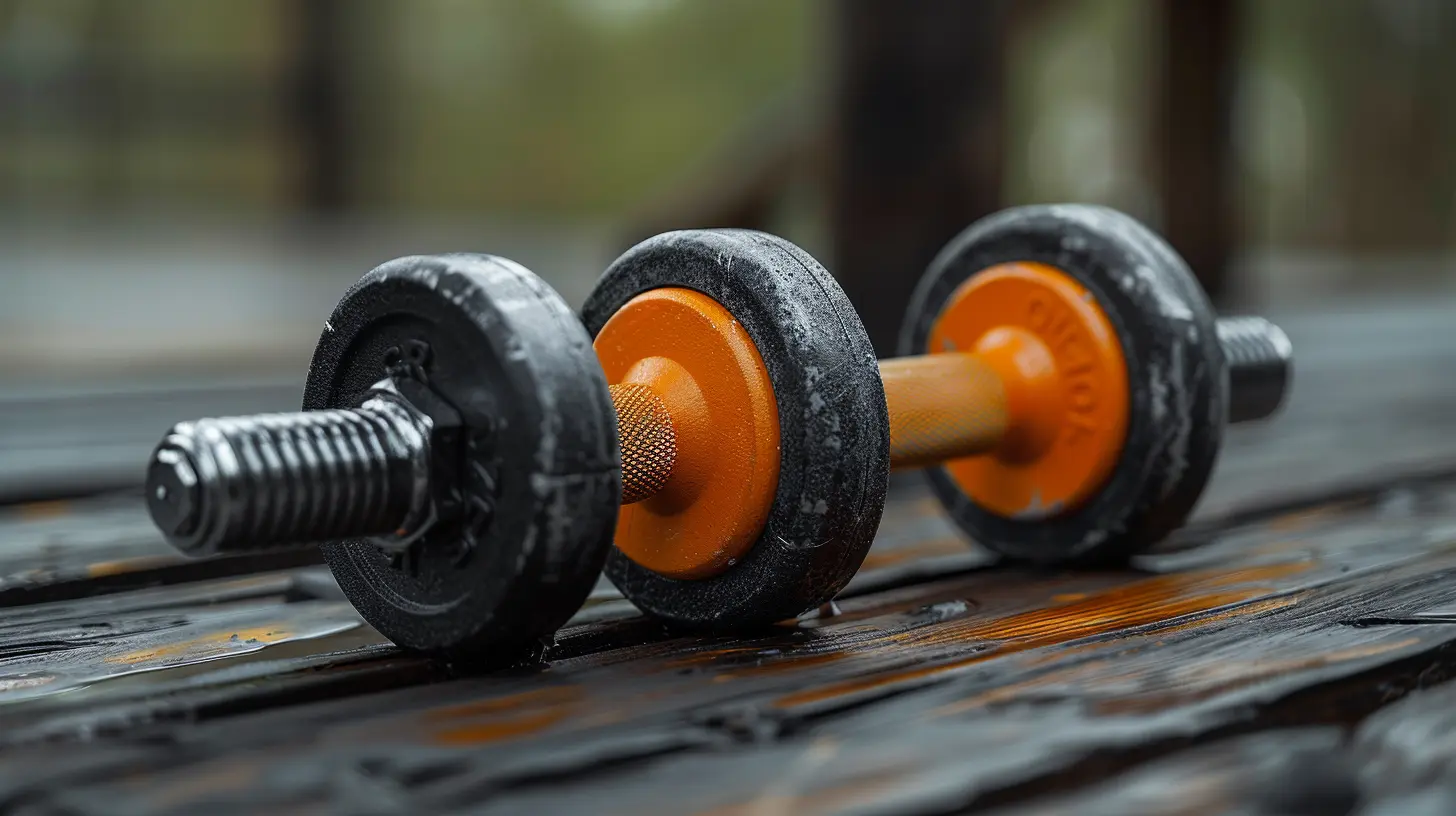
Essential Equipment for Strength Training at Home
If you’re just starting out, here’s the good news: you don’t need a ton of stuff to get strong. Here’s your core list of essential gear no home gym should go without.1. Adjustable Dumbbells
These are the jack-of-all-trades in the strength world. Whether you're doing curls, presses, lunges, or rows, dumbbells come in clutch. Adjustable ones save space and give you multiple weight options in one tidy package.> Pro tip: Look for sets that are easy to switch mid-workout. Some cheaper options can be a hassle to adjust, and believe me—you don’t want to be fumbling with plates while your heart rate is up.
2. Resistance Bands
These are underrated gems. They’re lightweight, easy to store, super versatile, and great for everything from warm-ups to full-on resistance training. Plus, they’re joint-friendly and perfect for mobility work.> Fun fact: NASA astronauts use resistance bands to maintain muscle mass in space. If it's good enough for zero gravity, it's probably good enough for your living room.
3. Kettlebells
If dumbbells are the Swiss Army knife, kettlebells are the ninja weapons of fitness. They’re amazing for explosive workouts that combine cardio and strength—think swings, snatches, and goblet squats. One or two moderate-weight kettlebells can open up a whole new world of training.4. A Sturdy Bench
No, your couch won’t cut it. A solid weight bench supports everything from presses to step-ups. Go for one that’s adjustable (flat, incline, decline) so you get way more bang for your buck.> Bonus: You can use a bench for core work and mobility drills too, not just for weights.
5. Pull-Up Bar
Pull-ups are one of the most effective upper-body exercises out there—and you barely need any equipment. A doorway pull-up bar is cheap, easy to install, and great for building back, arms, and core strength.> Can’t do a pull-up yet? No problem. Use a resistance band for assisted reps or start with negative pull-ups.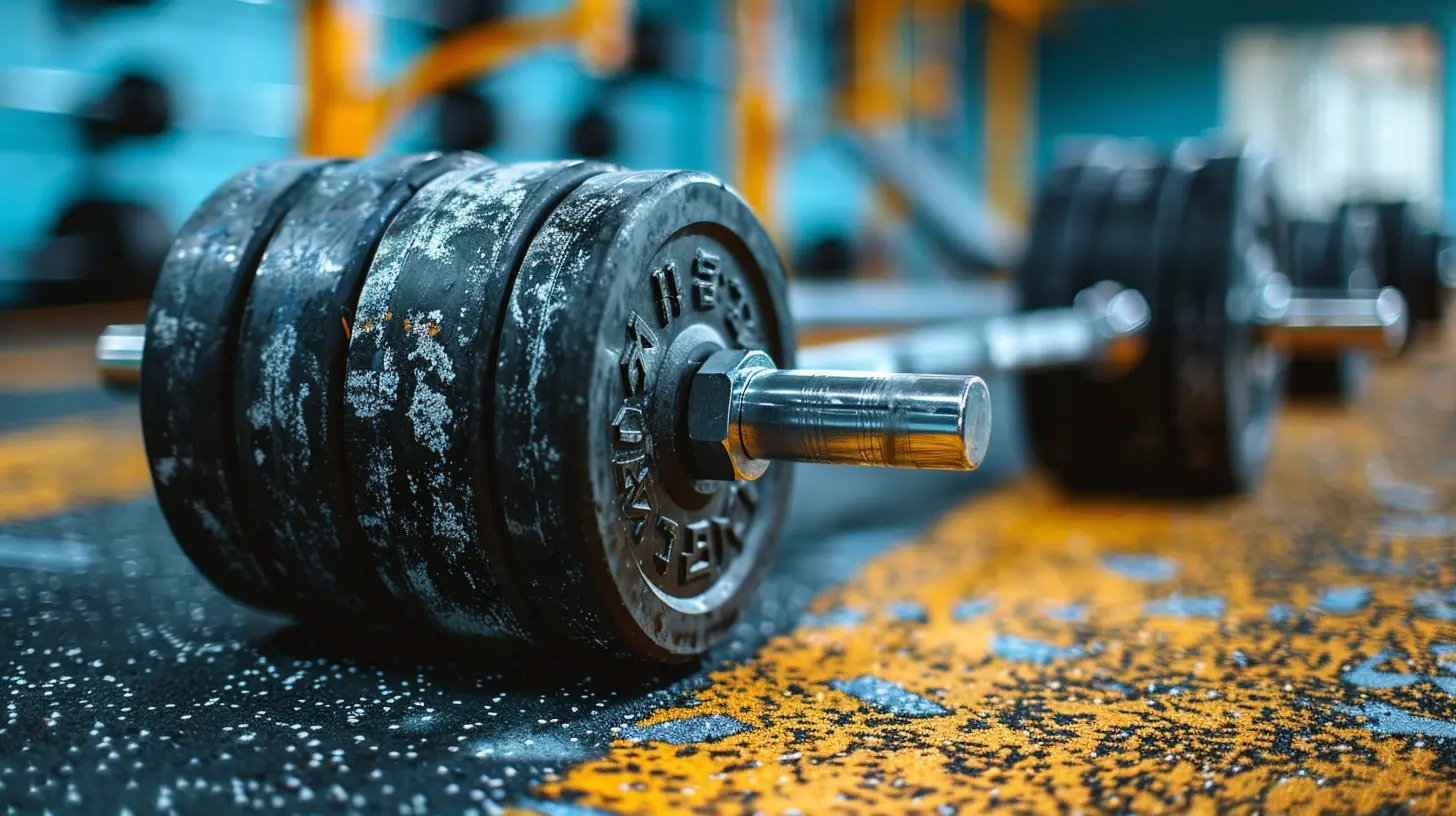
Nice-to-Have Gear (If You’ve Got Room and Budget)
Once you’ve nailed the essentials, here are a few extras that can level up your home gym.1. Barbell and Weight Plates
This one’s a game changer for serious lifters. If you're ready to take on squats, deadlifts, and bench press in heavier loads, a barbell is your go-to. Just make sure you’ve got proper flooring and space.> And yeah, weight plates aren't cheap. But they last forever. Think of them as a long-term investment in your health.
2. Squat Rack or Power Rack
This piece of gear transforms your training possibilities. It’s ideal for squats, bench presses, overhead presses, and more. Go for one with safety bars if you’re lifting solo.3. Weight Bench With Attachments
Some benches come with extras like leg curl attachments or preacher curl pads. They’re not essential but can be fun and save space if you like variety.4. Slam Ball or Medicine Ball
Want to blow off steam and torch calories? Get a slam ball. You can throw it, lift it, swing it—just don’t be surprised when your neighbors think you’re demolishing the walls.5. Adjustable Cable System
This one’s fancy, yes, but cable machines offer some of the smoothest resistance out there. Great for isolation exercises and rehab-focused moves.Non-Equipment Essentials That Make a Big Difference
Let’s not forget the little things that can majorly improve your workouts.1. Flooring or Mats
Strength training can be tough on both joints and floors. Invest in rubber mats or interlocking foam tiles. Your knees (and your hardwood) will thank you.2. Mirror (Optional, But Helpful)
Not just for selfies. Mirrors help you check your form, which is crucial for avoiding injuries.3. Bluetooth Speaker or Playlist Setup
Music boosts motivation. Period. Make your space feel like YOUR gym with a killer playlist or speaker setup.Tips for Setting Up Your Home Gym
Once you’ve got your gear, it’s time to figure out how to set it all up so it works for you. Here's how:- Keep it organized: Invest in a rack or storage space for weights and bands.
- Make it inviting: Add a fan, mat, or poster to keep the vibe fun.
- Stay flexible: If space is tight, go for movable gear. Fold-up benches and mobile racks are out there and work great.
The Best Strength Training Setup for Small Spaces
Don't have a garage gym or an extra room? No worries. Here’s a minimalist setup that’ll still let you build serious strength:- A pair of adjustable dumbbells
- A pull-up bar
- A resistance band set
- A foldable workout bench
- A foam mat for comfort
With just this setup, you can hit every major muscle group without needing a ton of room. Plus, it all fits in a closet when you’re done. Pretty slick, right?
Final Thoughts
Choosing the best equipment for strength training at home doesn’t have to be overwhelming—or expensive. Start small, build smart, and focus on what fits your life. You don’t need a million-dollar setup to get stronger. You just need the right tools, a little space, and the determination to show up.There’s something seriously empowering about lifting in your own space. No commute. No crowds. Just you, your gear, and your goals.
So, ready to flex those muscles and build your dream home gym? Let’s make it happen—one piece of equipment at a time.
all images in this post were generated using AI tools
Category:
Strength TrainingAuthor:

Laura Hudson
Discussion
rate this article
1 comments
Holly McCaw
This article provides valuable insights on selecting the right equipment for home strength training. Prioritizing versatile, space-saving options like adjustable dumbbells and resistance bands can maximize your workouts while accommodating limited space.
August 16, 2025 at 2:50 PM

Laura Hudson
Thank you for your feedback! I'm glad you found the insights on versatile and space-saving equipment helpful for home strength training.


